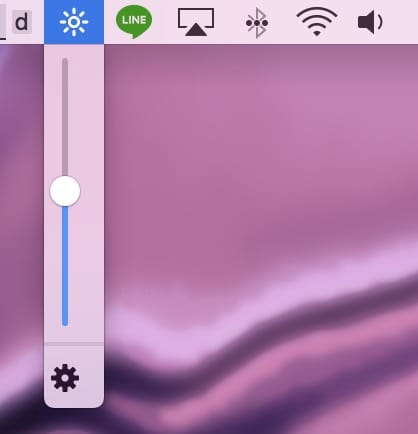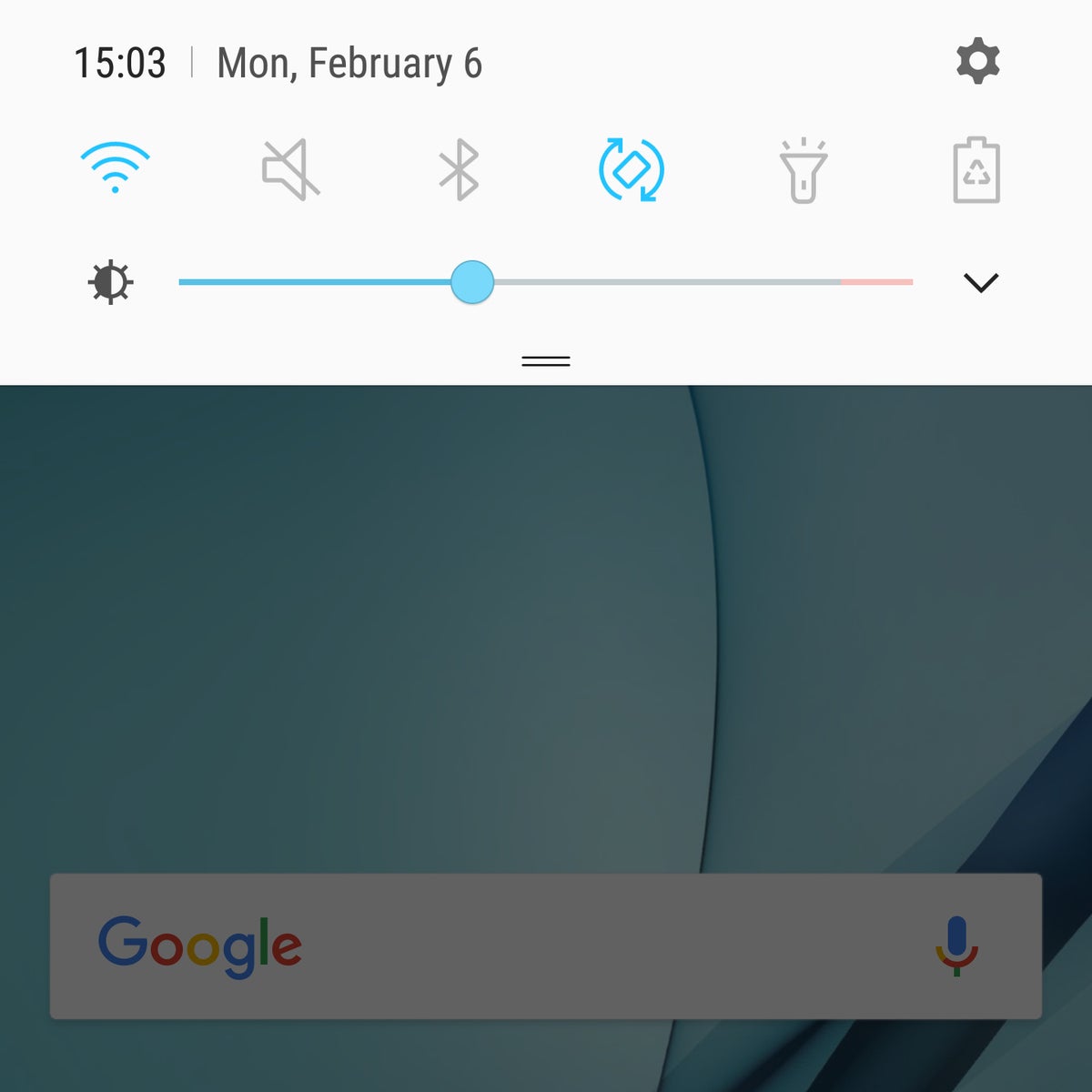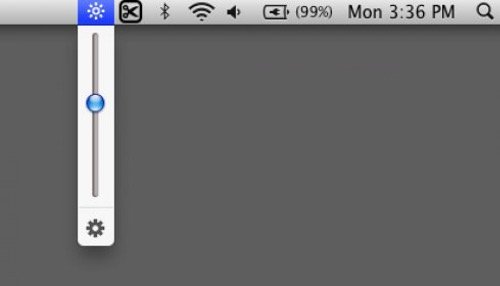
Several different types of monitoring plots are produced, such as time series, Hovmöller plots, gridded maps, and scatter plots. The samples for the statistical analysis can then be split up temporally and geographically as well as by instrument characteristics such as polarisation, incidence angle, etc. This is an important step in advance of future experiments to test the direct assimilation of SMOS Tbs into the ECMWF land data assimilation system.Īnalysing the statistical distributions of these background departures is a key part of assessing the quality of the SMOS observational data. Each of the screening changes results in improved agreement between the observations and model equivalent values. The enhancements presented include improved sea ice screening, coastal and ambiguous land-ocean screening, improved radio frequency interference (RFI) screening, and increased usage of observation at the edge of the satellite swath.

In this paper, these quality control procedures are reviewed, and enhancements are proposed, tested, and evaluated.


Several quality control procedures are performed to screen out poor quality data and/or data that cannot accurately be simulated from the numerical weather prediction (NWP) model output. Brightness temperature (Tb) observations from the European Space Agency (ESA) Soil Moisture Ocean Salinity (SMOS) instrument are passively monitored in the European Centre for Medium-range Weather Forecasts (ECMWF) Integrated Forecasting System (IFS).


 0 kommentar(er)
0 kommentar(er)
